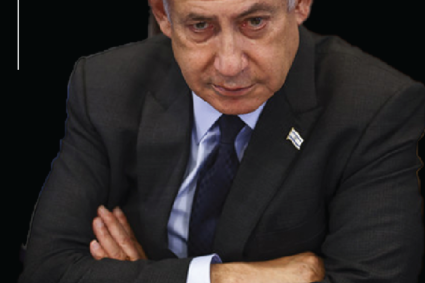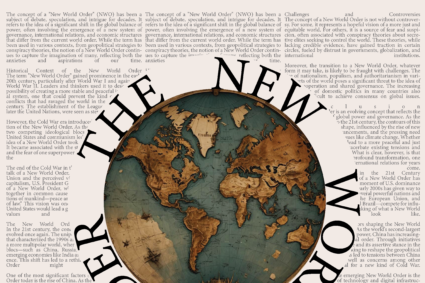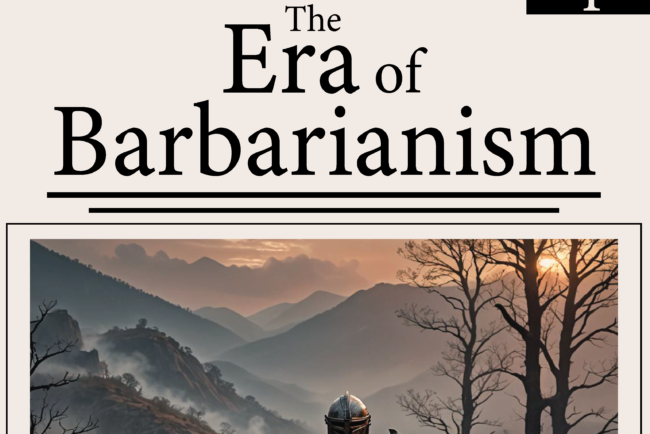
The complex narrative of the International Monetary Fund (IMF) unfolds like a tapestry, interwoven with the evolving dynamics of global power and the shifting tides of economic cooperation. With Southeast Asia serving as a central stage and Pakistan as a protagonist, the IMF’s intricate dance unveils a saga of dominance, challenges, and potential rebirth.
Southeast Asia, a region marked by seismic tremors, most notably the 1997–1998 Asian Financial Crisis where the IMF’s shadows loomed large, as nations like Thailand, Indonesia, and South Korea faced economic collapse. Seeking refuge in the IMF’s coffers meant yielding to a list of economic prescriptions that carried a hefty price tag. The aftermath was a blend of stabilization and societal upheaval, as austerity measures collided with public outcry.
Enter Pakistan, a nation whose economic theatre has seen multiple acts featuring the IMF. This recurring partnership has been forged through cycles of fiscal turmoil, each dance choreographed with varying degrees of harmony. The IMF’s conditions, comprising fiscal tightening, tax adjustments, and structural metamorphosis, often strike discordant chords with the populace. The resultant tunes oscillate between economic stabilization and public discontent.
As the global stage emerges from the economic haze of the pandemic, the IMF’s influence is cast in sharper relief. Yet, this stage is a mutable one – the IMF’s once-dominant role now faces challenges from emerging economies and a globally interconnected landscape. The IMF’s capacity to address cross-border issues like climate change and digital transformations will likely define its future trajectory.
Within this intricate tale, Pakistan is a dance partner navigating the tumultuous choreography of economic reforms. With each chapter, Pakistan’s embrace of IMF programs becomes a recurring motif, an ongoing narrative within its economic theatre. The partnership’s terms, including fiscal discipline, sectoral reforms, and energy overhaul, hold sway over the country’s trajectory. The final note struck in this partnership hinges on Pakistan’s commitment to transformation and the IMF’s capacity to adjust its rhythm accordingly.
In the vast symphony of global finance, the IMF is a prominent conductor, orchestrating harmonies and discordances alike. Its journey, from inception to the contemporary landscape, reverberates across continents. Though criticized for occasionally prioritizing economic balance over social well-being, the IMF remains an indomitable force in the realm of global finance. As economies continue their intricate dance, the IMF’s partner might change, and the steps it takes will define whether its legacy is one of harmonious collaboration or dissonance.
Author – M.A (Political & Economic Analyst)
















